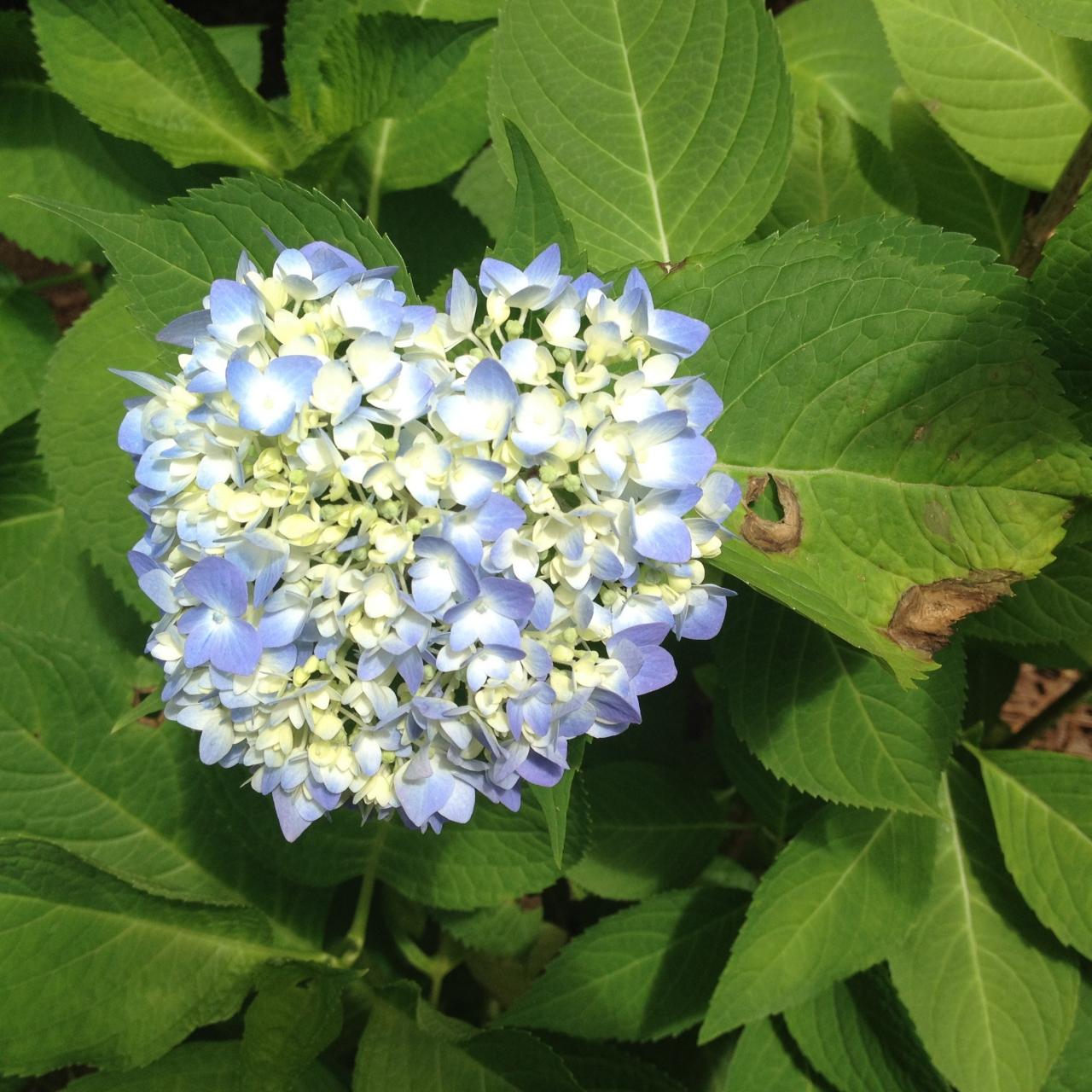Hydrangea Leaves Turning Yellow Can Be Fun For Everyone
Wiki Article
Not known Facts About Hydrangea Leaves Turning Yellow
Table of ContentsSome Known Details About Hydrangea Leaves Turning Yellow Hydrangea Leaves Turning Yellow Can Be Fun For Everyone5 Simple Techniques For Hydrangea Leaves Turning YellowSee This Report on Hydrangea Leaves Turning Yellow
These problems are easy to determine and take care of if you take actions prior to root rot collections in. A moisture meter can assist guide you to the best technique of improvement (Hydrangea Leaves Turning Yellow). Big fallen leaves commonly look sagging throughout the mid-day heat. When they fall short to cheer up in the evening or still look shrivelled in the early morning, your plant might be overwatered.Get rid of the plant from the soil and trim out any kind of origins that aren't white and turgid (plump). Replant in a brand-new location or function some sand into the soil for better water drainage. Underwatering also creates leaves to transform yellow with brownish, crunchy edges. Do not try to deal with the problem by sprinkling excessively.
Include a little bit of distilled water, stir the active ingredients, and drain the additional water. Put a p, H testing strip in and wait for a reading.
Sphagnum moss or peat moss avoids the soil from compacting and betters dirt drainage while also elevating the soil's acidity. You can scatter sulfur chips in your hydrangea dirt.
9 Easy Facts About Hydrangea Leaves Turning Yellow Shown
This is one good reason to repot houseplants routinely (though there are others, such as root advancement for instance). It is also why houseplants call for a much stricter fertilizing regular than a lot of outdoor plants. When a hydrangea houseplant lacks nutrients, its fallen leaves will be the first to show the signs.Many fluid fertilizer requires dilution with water to decrease the focus somewhat. You will certainly also need to feed the plant manually and routine intervals. When spring begins in March, it's the energetic expanding season for several houseplants, including hydrangeas. Now, you must begin your feeding routine. Apply liquid plant food to your hydrangea due to the fact that this things, as I discussed formerly, is fast-releasing.
The dripline is the area situated under the vegetation that is the outermost away from the center of the plant. you could look here Instead than applying feed to the facility of the plant it is best to focus it mostly in the outer locations of the pot. If you prefer to make use of a slow-release fertilizer such as granular or spike plant food, after that cover either type with some soil after you put them.
Hydrangea Leaves Turning Yellow - An Overview

Although the hydrangea is remarkably frost-resistant, as soon as temperature levels start obtaining right into the 20s, the plant is in major danger. If the temps are in the reduced 10s, that danger is more extreme still. Undoubtedly this is even more of an interest in outdoor plants so if you keep potted hydrangea outside you need to bring them inside in really winter problems or even consider moving them inside throughout of the winter season.

A dehydrated hydrangea, A large issue with several houseplants is root rot. Root rot occurs when you overwater a plant and because it is such a common issue (specifically with succulents) lots of houseplant owners are scared of overwatering their plants. However, hydrangeas require even more watering that most various other typical houseplants and browse around this site can end up being dehydrated when they are underwatered (Hydrangea Leaves Turning Yellow).
Some Ideas on Hydrangea Leaves Turning Yellow You Should Know
They require massive quantities of water, but they additionally hate to expand in standing water or water drenched dirt. Be absolutely sure that your hydrangea is dehydrated because of an absence of water and not due to it be provided way too much water (extra on this later). Know before you get that watering can that an overwatered hydrangea displays the same signs and symptoms as an underwatered one! Though overwatering is a severe issue if you cut corners on its water needs also a little, your hydrangea will certainly be quick to show it.The most effective means to identify if your hydrangea is underwater is to examine the moisture levels in the soil. By using an efficient however inexpensive dampness and p, H tester, or by sticking your finger right into the dirt, you will swiftly tell if the plant needs water. To obtain your hydrangea sprinkling behaviors on the best visit here track, you need to be conscious regarding the wetness levels in its dirt.
When you remove your finger from damp dirt it will have little amounts of soil residue adhered to it. Dry dirt will mean your finger comes out tidy or with dry dirt that is conveniently surprised. If it's wet, and the plant has yellow leaves then the plant has likely been overwatered and you will need to comply with the recommendations given up the area below.
Report this wiki page